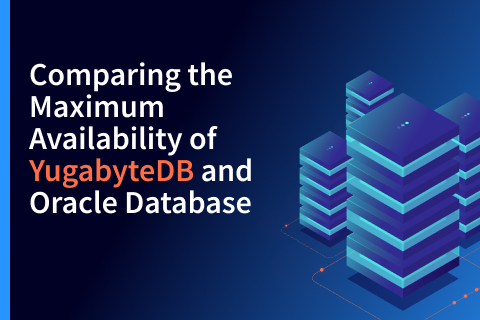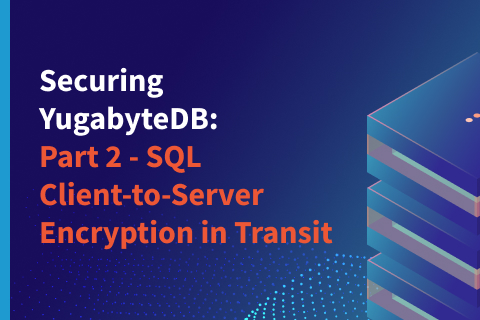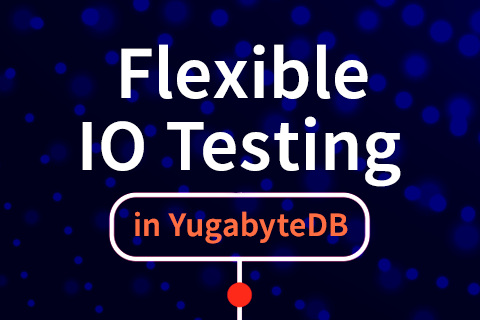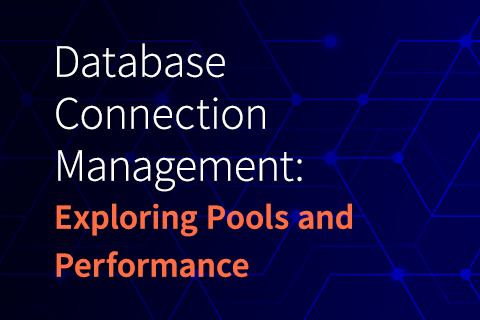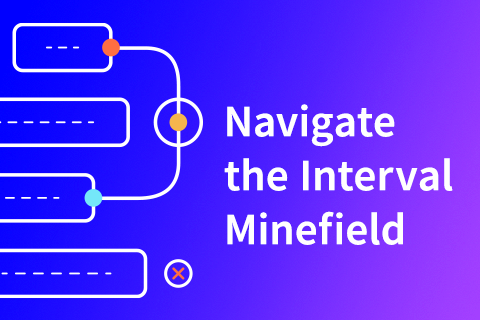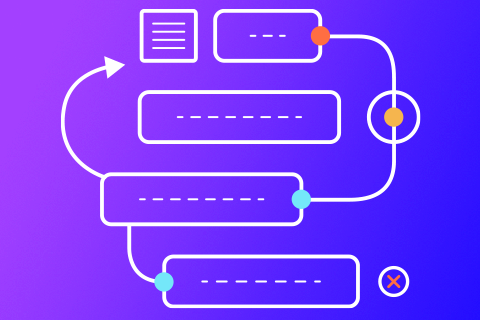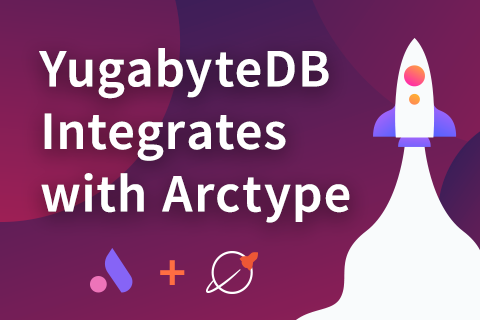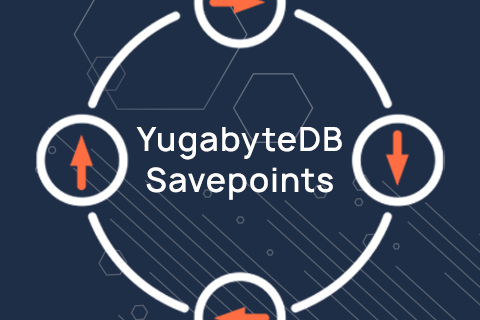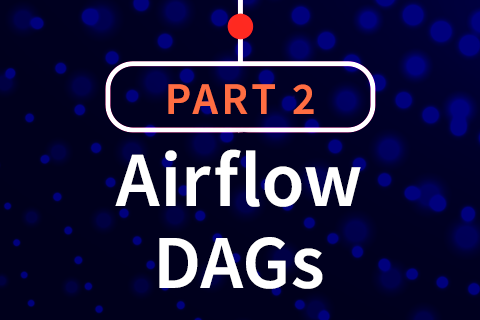Comparing the Maximum Availability of YugabyteDB and Oracle Database
Finding one-to-one mapping of the differences between monolithic and cloud-native databases is difficult.
In this blog, we compare YugabyteDB and Oracle (RAC, Data Guard) via availability objectives.
This should help you understand how Oracle MAA options map to YugabyteDB’s intrinsic features when considering migration projects.
